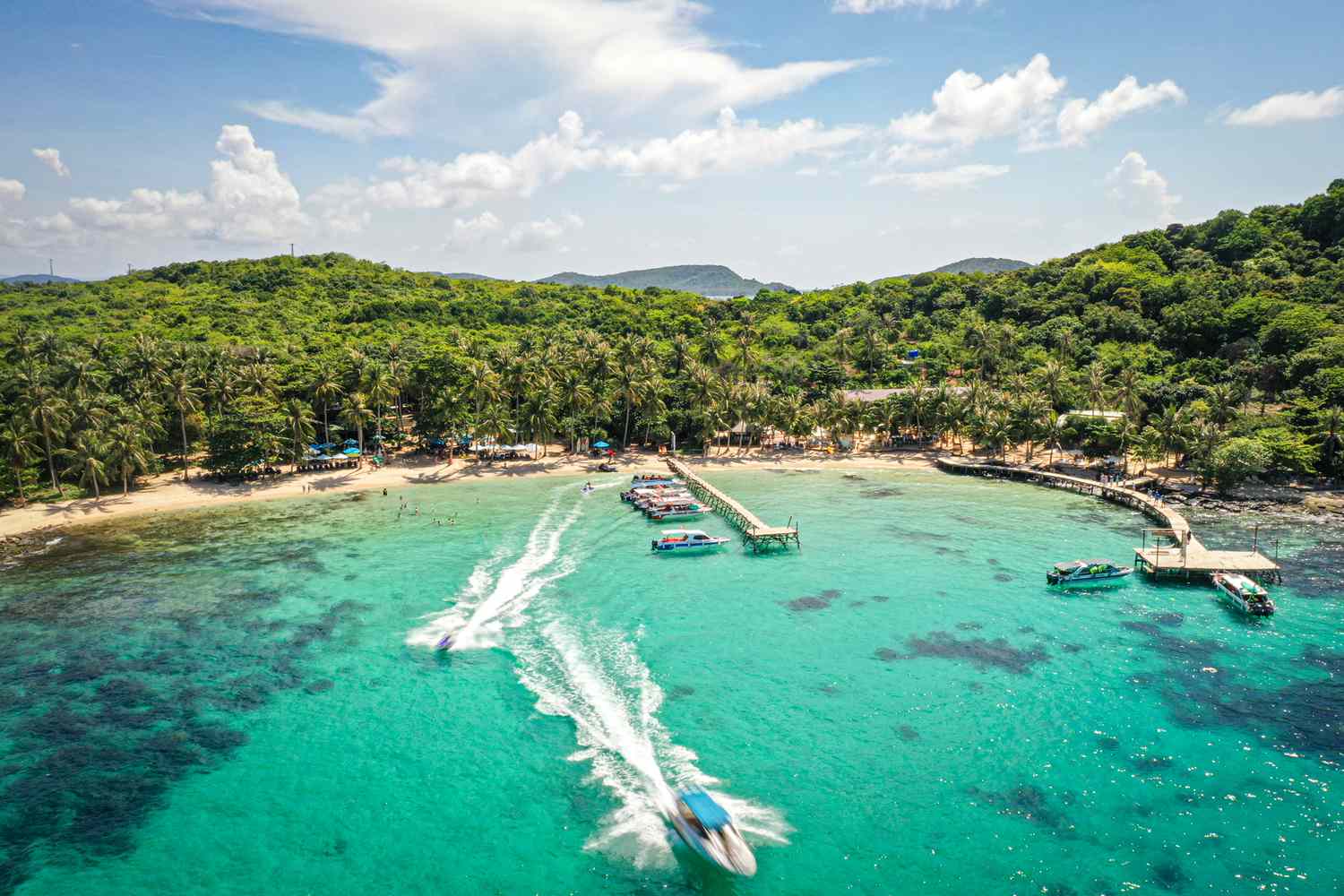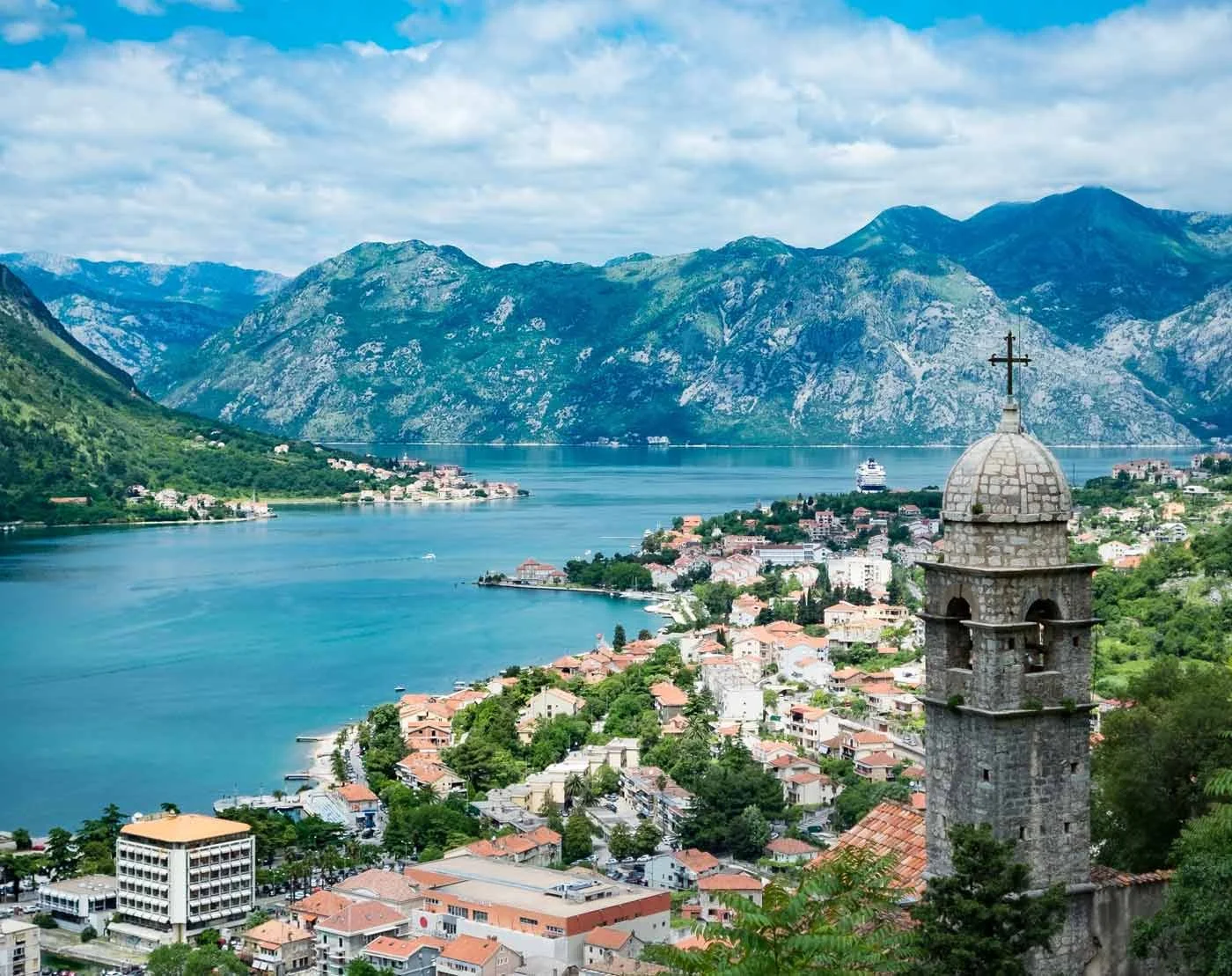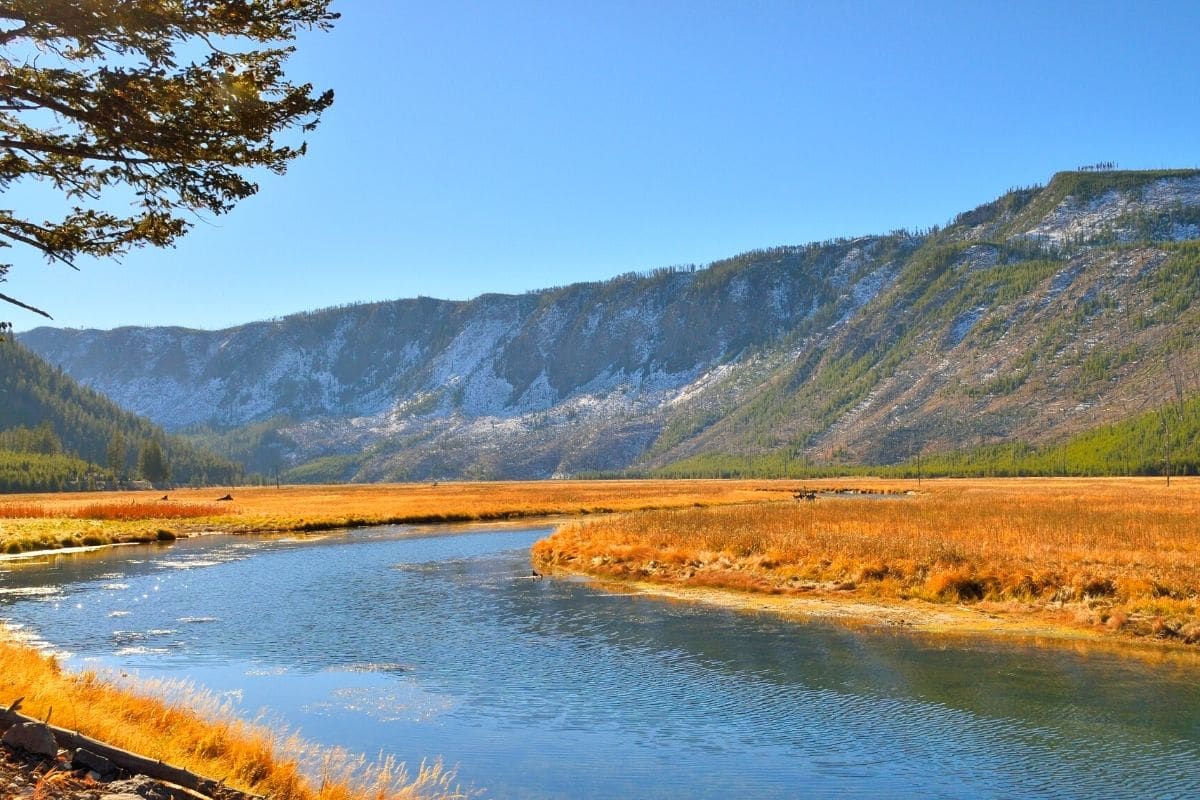Backpacking through Southeast Asia is a dream for many budget travelers—and for good reason. With its breathtaking landscapes, diverse cultures, mouth-watering food, and incredibly affordable prices, Southeast Asia offers some of the world’s best value for money.
Whether you’re planning to explore the rice terraces of Vietnam, the beaches of Thailand, or the temples of Cambodia, this guide provides essential budget travel tips for backpacking Southeast Asia—so you can travel farther, longer, and smarter.
Why Southeast Asia is Ideal for Budget Travelers
Southeast Asia is known for offering a rich travel experience at a fraction of the cost of Western destinations. Here’s why it stands out:
- Low daily costs (accommodation, food, transport)
- Visa flexibility for many nationalities
- Well-established backpacking routes
- Plenty of free or cheap activities
- Friendly locals and travel communities
Top Budget Travel Tips for Southeast Asia
1. Travel During Shoulder Season
Avoid peak tourist months (December to February) when prices soar. Traveling during shoulder seasons—like May or September—means:
- Cheaper flights
- Better accommodation deals
- Fewer crowds
Just check the monsoon calendar to avoid heavy rainfall in certain countries.
2. Use Local Transportation
Skip private taxis and opt for local transport options:
- Tuk-tuks, songthaews, and shared minivans
- Public buses and sleeper trains
- Motorbike rentals (if you’re licensed)
Apps like Grab (Uber alternative in SEA) are often cheaper and more reliable than street taxis.
3. Eat Local Street Food
Southeast Asia is known for its street food—delicious, fresh, and incredibly affordable.
- In Thailand, try pad thai and mango sticky rice
- In Vietnam, sample pho and banh mi
- In Malaysia, don’t miss nasi lemak and laksa
Not only does this save money, but it also enhances your cultural experience.
4. Book Accommodation Strategically
Instead of expensive hotels:
- Use hostels, guesthouses, or homestays
- Book directly for discounts (many waive online booking fees)
- Use apps like Agoda, Booking.com, or Hostelworld
Also, consider volunteering or work exchanges (via Workaway or Worldpackers) to get free stays in return for a few hours of help.
5. Plan Overland Routes
Flying between countries is faster, but traveling overland (via bus or train) saves a lot of money and lets you see more of the countryside.
Example:
- Travel by train from Bangkok to Chiang Mai
- Bus from Phnom Penh to Ho Chi Minh City
- Van from Vientiane to Luang Prabang
6. Use Budget Airlines Wisely
When flights are necessary, book in advance on low-cost carriers like:
- AirAsia
- Scoot
- Nok Air
- VietJet Air
Always read the fine print—budget airlines often charge extra for baggage, seat selection, and food.
7. Travel Light
A lighter backpack saves you money (avoiding checked baggage fees) and makes travel easier.
Stick to essentials:
- Lightweight clothing (quick-dry is best)
- Basic toiletries
- Flip-flops and one pair of sturdy shoes
- A compact first-aid kit
8. Avoid Tourist Traps
In many cities, overpriced activities and fake “local” experiences are designed for tourists. Instead:
- Join free walking tours
- Visit local markets
- Explore lesser-known towns and villages
You’ll find that authentic cultural experiences in Southeast Asia are often the most affordable—and unforgettable. It’s not unlike exploring Hidden Cultural Gems to Visit in Europe, where stepping off the beaten path reveals incredible value and deeper connection.
Comparison Table: Daily Budget in Key Southeast Asian Countries
| Country | Budget Accommodation (per night) | Meals (3 per day) | Local Transport | Total Daily Budget |
|---|---|---|---|---|
| Thailand | $6–$12 | $5–$10 | $2–$5 | $15–$30 |
| Vietnam | $5–$10 | $4–$8 | $1–$4 | $12–$25 |
| Cambodia | $4–$8 | $3–$6 | $1–$3 | $10–$22 |
| Laos | $5–$10 | $4–$7 | $2–$4 | $12–$24 |
| Indonesia (Bali) | $7–$15 | $6–$10 | $2–$5 | $18–$30 |
| Malaysia | $6–$12 | $5–$9 | $2–$4 | $15–$28 |
Bonus Tips for Long-Term Backpackers
- SIM Cards: Buy a local SIM in each country for cheap data. SEA is well connected, and you’ll save on roaming.
- Water Refills: Carry a reusable water bottle. Many hostels offer free refills—saves money and reduces plastic use.
- Laundry: Do laundry in local shops ($1–$2 per kg) instead of overpacking.
- ATM Fees: Minimize ATM fees by withdrawing larger amounts or using cards like Revolut, Wise, or Charles Schwab.
FAQs: Budget Travel in Southeast Asia
Q1: Is Southeast Asia safe for solo backpackers?
Answer: Yes. Southeast Asia is generally safe for solo travelers, including women. Use common sense, avoid walking alone late at night, and secure your valuables.
Q2: How much should I budget for a month of travel?
Answer: A comfortable backpacker budget is $800–$1200 per month, depending on travel style and destinations. Slower travel and off-season exploration reduce costs.
Q3: Do I need travel insurance?
Answer: Absolutely. Healthcare is affordable, but emergencies (accidents, theft, canceled flights) can get expensive. Look for plans that cover adventure activities and medical care.
Q4: What apps are helpful for backpacking in Southeast Asia?
Answer:
- Maps.me or Google Maps – Navigation
- Grab – Ride-sharing
- Rome2Rio – Transport planning
- Agoda and Hostelworld – Booking stays
- XE Currency – Real-time exchange rates
Q5: Can I use USD in Southeast Asia?
Answer: In Cambodia, yes—USD is widely accepted. In other countries, local currency is preferred. Always carry small bills and use local ATMs for better exchange rates.
Final Thoughts
Backpacking Southeast Asia doesn’t require a big budget—just a sense of adventure, a flexible mindset, and a willingness to embrace the unexpected. From jungle treks and temple hopping to night markets and hidden beaches, this region offers world-class experiences at wallet-friendly prices.
And remember, traveling on a budget doesn’t mean missing out. In fact, it often leads to the richest experiences—like staying in family-run guesthouses, sharing meals with locals, or discovering places untouched by mass tourism. Whether you’re exploring Southeast Asia or searching for Hidden Cultural Gems to Visit in Europe, traveling smart makes the journey that much more rewarding.







